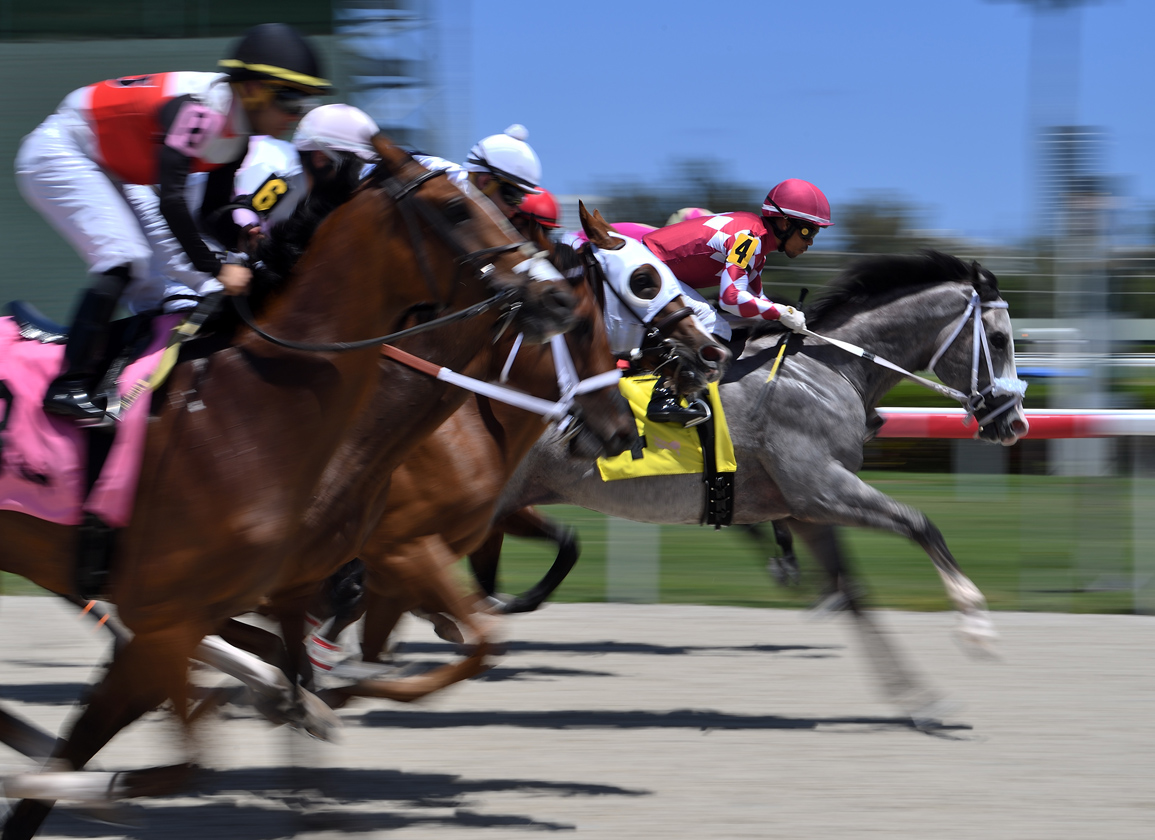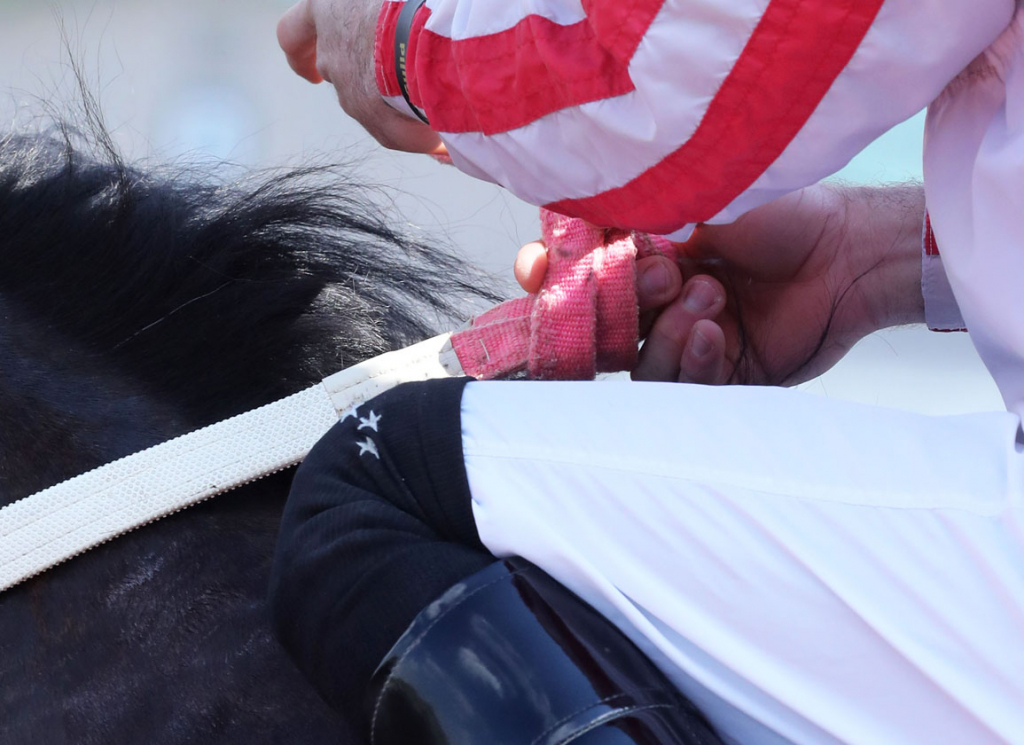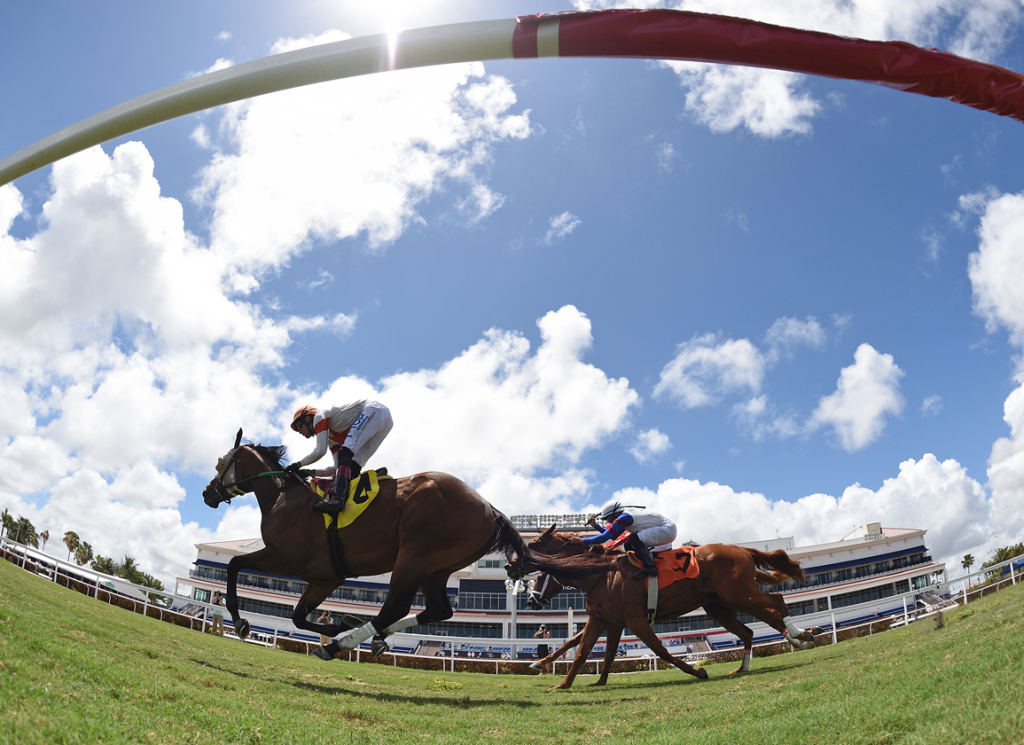By Dan Ross
Only those living under rocks would be forgiven ignorance of the July 1 launch of the Horseracing Integrity and Safety Act (HISA).
Thanks to HISA's shifting goal posts and sometimes opaque approach to the dissemination of information, however, even those without such domiciles would be forgiven confusion as to what is expected of them between now and takeoff.
The following, therefore, is aimed at providing a basic guide to help industry participants navigate the weeks ahead, from the registration process to important new rules that will be in place July 1.
TDN will update the page with new information over the course of the next few weeks.
If anyone in the industry has any unanswered questions about the process, let us know at suefinley@thoroughbreddailynews.com and we will try our best to get those answers and update the page accordingly.
The information below is taken from information already in place on the HISA website–which can be found here–and in the rules, as well as from background conversations with HISA officials.
Registration
Come July 1, all “covered persons” and “non-covered persons” should be registered with HISA, as should the horses in each trainer's care.
Click here for a HISA registration explainer.
What does this mean?
“Covered persons” is a broad catch-all encompassing everyone already licensed by a state racing commission including trainers, owners, jockeys, veterinarians, farriers, agents, along with backstretch employees like grooms, hotwalkers and exercise riders.
The second camp concerns those with a horseracing job that requires them access to licensed facilities–think stewards, industry representatives, track superintendents and commission members–who can register with HISA as “non-covered persons.”
Those people who have no direct working relationship with the industry–but who nonetheless wish to comment on the draft rules–are also permitted to sign up.
While “covered persons” do need to be licensed by a state racing commission to be able to register, “non-covered persons” don't.
The online portal to register–which has a separate Spanish-speaking button–can be found here.
Once an owner or trainer is registered, the process isn't necessarily over. You'll then be prompted to register your horse or horses as well. For horses with multiple owners, there needs to be only one designated owner to register.
Which horses need to be registered? Any of the following events should trigger the registration of a horse:
- A timed and reported workout at a racetrack or training center.
- A horse's race entry.
- A horse's race nomination.
In some instances, the nomination and entry date for races scheduled for July 1 onward will arrive before that date.
In those instances, horses won't need to be registered at the time of the nomination or entry. Rather, owners or trainers will be given what HISA terms a “grace period” up until scratch time of raceday to register the horse.
What about our international cousins?
International participants like owners and trainers, grooms and exercise riders are considered “covered persons” and therefore must be licensed by a U.S. state racing commission prior to registering for HISA.
Currently, the online portal is the only way to register. But it can also prove glitchy.
The registration process currently asks users for their email address and/or mobile phone number. But according to HISA officials, some mobile phone companies are sending text messages as spam.
As such, HISA recommends that users submit only their email address to register where possible until the glitch is fixed.
What are the possible ramifications if you're not registered by July 1? That's currently unclear.
HISA officials explained, however, that the registration of backstretch staff like grooms, hotwalkers and exercise riders will fall under the racetrack accreditation rules (which gives racetracks leeway to incrementally implement the new standards in “good faith”).
As such, while it's imperative that everyone is registered as soon as possible, they say, there will be a bit of registration wriggle room for these backside employees.
HISA will also apparently, within the next few weeks, begin sending representatives out to certain racetracks to help with the registration process.
Trainers
Click here for a HISA explainer on the obligations that fall onto the trainer, including registration requirements, reporting requirements (that fall into 5 different categories), the process to remove a horse from the vet's list, and future continuing education requirements.
One noticeable change come July 1 is how trainers will be required to maintain a record of any medication administration, therapeutic procedures, treatments and surgical procedures to the registered horses in their care. These are separate to the records that veterinarians are expected to maintain.
Trainers will also be required to make these records available to regulatory veterinarians, stewards and HISA officials upon request.
So, how will this record-keeping requirement work on an everyday basis?
That's up to the individual, with trainers allowed to keep either written records or electronic records (if indeed they have such an electronic online program).
According to HISA, they will soon make public a template document for these treatment records, to be used as a possible blueprint.
The ultimate goal, says HISA, is to have a centralized electronic database where trainers can input and maintain their daily treatment records online. But when that will be in place is unclear.
Bearing in mind the program's anti-doping and medication control rules won't go into effect until early next year, there are nonetheless some noteworthy veterinary-related mandates come July 1:
- Shockwave treatments are prohibited within 30 days of a race. During that time, both racing and high-speed workouts are prohibited.
- Pin-firing, freeze-firing and blistering will be prohibited.
- Chemical or surgical neurectomies–otherwise known as “nerving”–are similarly prohibited.
- You won't be able to use within 48 hours of a breeze or a race any electrical medical therapeutic devices capable of producing an analgesic effect including magnetic wave therapy, laser therapy, electro-magnetic blankets, boots and electro-shock units.
Jockeys and Exercise Riders
An infographic geared toward jockeys has been available on the HISA website for a while.
The infographic lays out registration requirements, equipment requirements, the uniform crop rules and penalty structure, annual fitness and baseline concussion exam mandates, and “return to racing” assessments.
Because of supply chain issues, jockeys won't be required to acquire a crop that fits the new requirements under HISA until Aug 1. The other parts of the jockey-related rules, however, will still go into place on July 1.
Also come July 1, all jockeys and exercise riders must have a medical information card attached to their safety vest at all times.
According to the rules, the medical information card should include medical history, conditions pertinent to emergency care, previous injuries, allergies and current medications.
For exercise riders especially, this is something of a novel requirement. But according to HISA officials, such a medical card could be something as basic as a piece of laminated cardboard with handwritten details.
The same infographic on the HISA website states that all jockeys and exercise riders “must complete at least 2 hours of continuing education on safety, rider &/or racetrack protocols prior to the beginning of a Race Meet.”
This education component won't be required prior to July 1.
Farriers
A month later than anticipated due to supply chain issues, new shoeing requirements will go into effect.
From Aug. 1 onward, therefore, all traction devices such as rims, toe grabs, bends, jar calks and stickers are prohibited during racing or training. The only exception is 2mm outer rims on dirt or synthetics.
QUESTIONS AND ANSWERS:
Editor's note: Since our initial cheat sheet was published, we have published readers' questions and HISA's answers to the new regulations.
Part I, from May 31, may be found here: https://www.thoroughbreddailynews.com/hisa-questions-and-answers/
Part II, from June 6, may be found here: https://www.thoroughbreddailynews.com/hisa-questions-and-answers-part-two/
Part III, from June 15, may be found here: https://www.thoroughbreddailynews.com/hisa-questions-and-answers-part-3/
Not a subscriber? Click here to sign up for the daily PDF or alerts.








